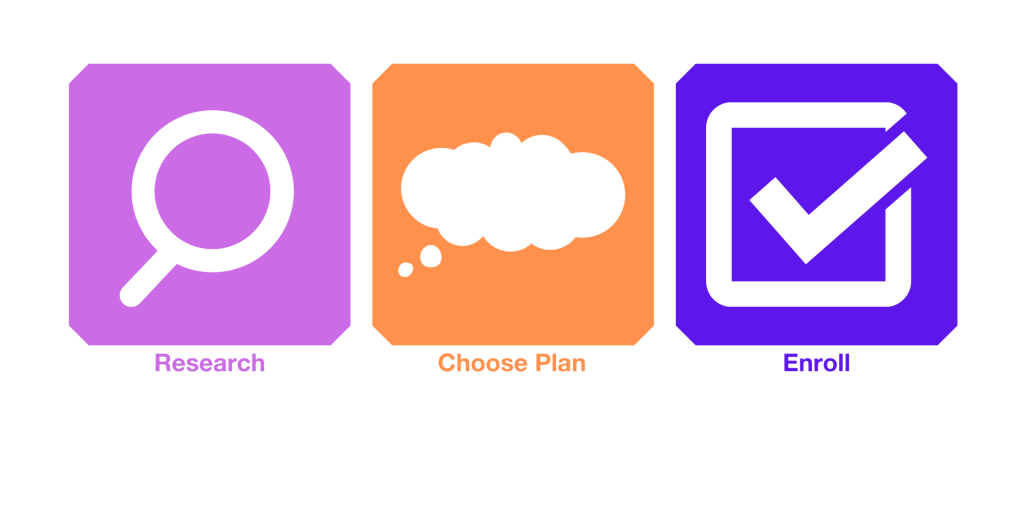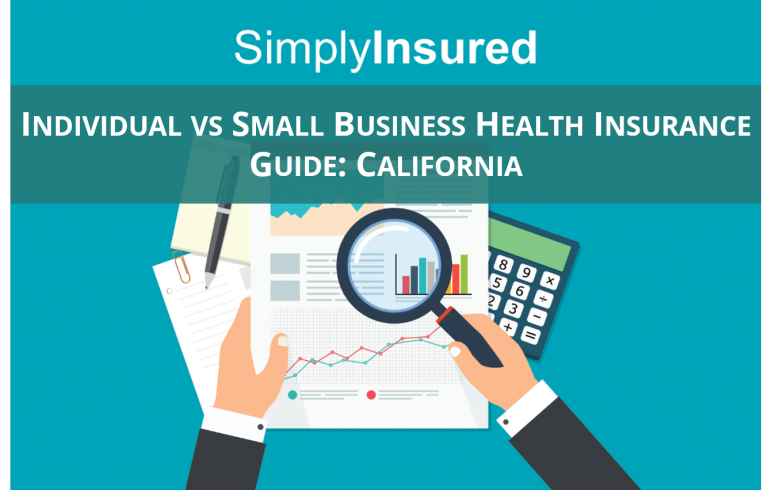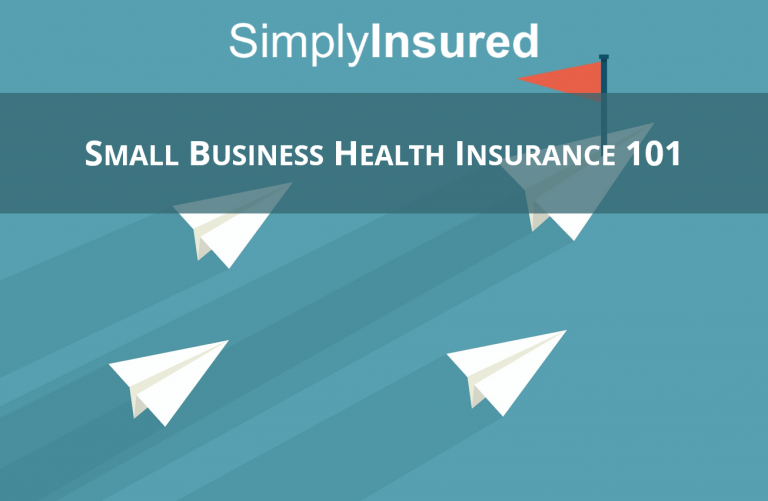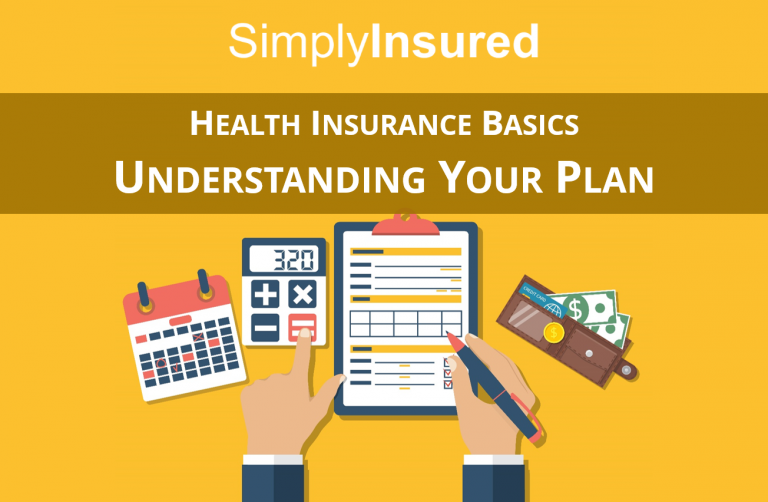The Small Business Guide to Open Enrollment 2021
If you are a small business owner, you have likely heard the term “Open Enrollment” used around this time of the year. Open Enrollment is a period of time at the end of the year when individuals can choose their health insurance plan for the following year. This period is important, as this is when new pricing is released for employer-sponsored health plans for the upcoming year.
In general, Open Enrollment runs from November 1 to December 15. Certain states begin their Open Enrollment period as early as October 15, and some states extend the period through January 31. During this time, you can visit the federal health exchange and find an individual plan. No matter which plan you select, coverage for plans selected during this time begin January 1, 2022 and end December 31, 2022.
If you’re like many of the small businesses we talk to everyday, you may be wondering if you should direct your employees to the exchange to sign up for individual plans or if you should offer a group health insurance plan.
Here, we will explain some of the complexities of the Open Enrollment period.

Open Enrollment Period
Something most people don’t realize: Open Enrollment only applies if you’re opting for an individual plan. Individual plans are only available to new enrollments between November 1 and December 15. Your employees may be able eligible to sign up for an individual plan outside of this window, however, if they have a qualifying life event. Qualifying life events include marriage or the birth of a child.
We still view Open Enrollment as a good reminder for the need for health insurance for everyone. While you can sign up for small business health insurance through a broker like SimplyInsured at any time during the year, Open Enrollment often brings up a lot of activity and discussion around health insurance. We welcome this time of year!
Cost
In general, we’ve found that small business plans are 10-20% cheaper than individual plans, but this varies based on income. If your individual income is less than $48,000, you may qualify for subsidies from the government when purchasing individual insurance. The lower your annual income, the higher the subsidy. We recommend this calculator to help you determine your subsidy.
An additional piece of information to help with the decision-marking process: small business health insurance plans are tax deductible, which reduces the cost of coverage by the business tax rate. As a rule of thumb, we recommend looking outside of the individual marketplace if your individual income is more than $48,000.
Carrier Availability
Quick peek behind the curtain of insurance: individual plans are less profitable than employer-sponsored plans. Because of this, many insurers have been leaving the individual health exchanges. In fact, in the 2020 open enrollment period, 31% of counties only have one carrier option on the individual market. Some carriers are opting to stay on the exchanges, but only offer more restrictive plans, like HMOs, to control costs. In contrast, nearly all carriers offer small business health insurance options and provide multiple different types of plans.
Coverage
No matter which option you go with, you should be able to find a plan with the appropriate coverage level. On the individual health exchanges, you may see fewer carriers, as noted above. Generally, different tiered plans are available (i.e., bronze, silver, gold, and platinum plans) for both individual and small business plans.
Doctor and Hospital Network
Though this varies across markets and plan levels, small business health insurance plans generally have larger doctor and hospital networks. This is primarily due to the wider range of options available.
Eligibility
Individual plans have less stringent eligibility requirements than group plans. To qualify for an individual plan, you must live in the U.S., be a U.S. citizen or eligible immigrant, and cannot be incarcerated. To qualify for a group plan, there must be at least two people in your company. At least one of the employees must be a W-2 employee. Additionally, the group cannot consist of a married couple unless you live in Washington, California, or Texas.
Have more questions? Contact us at hello@simplyinsured.com and we’ll be happy to guide you in the right direction.







